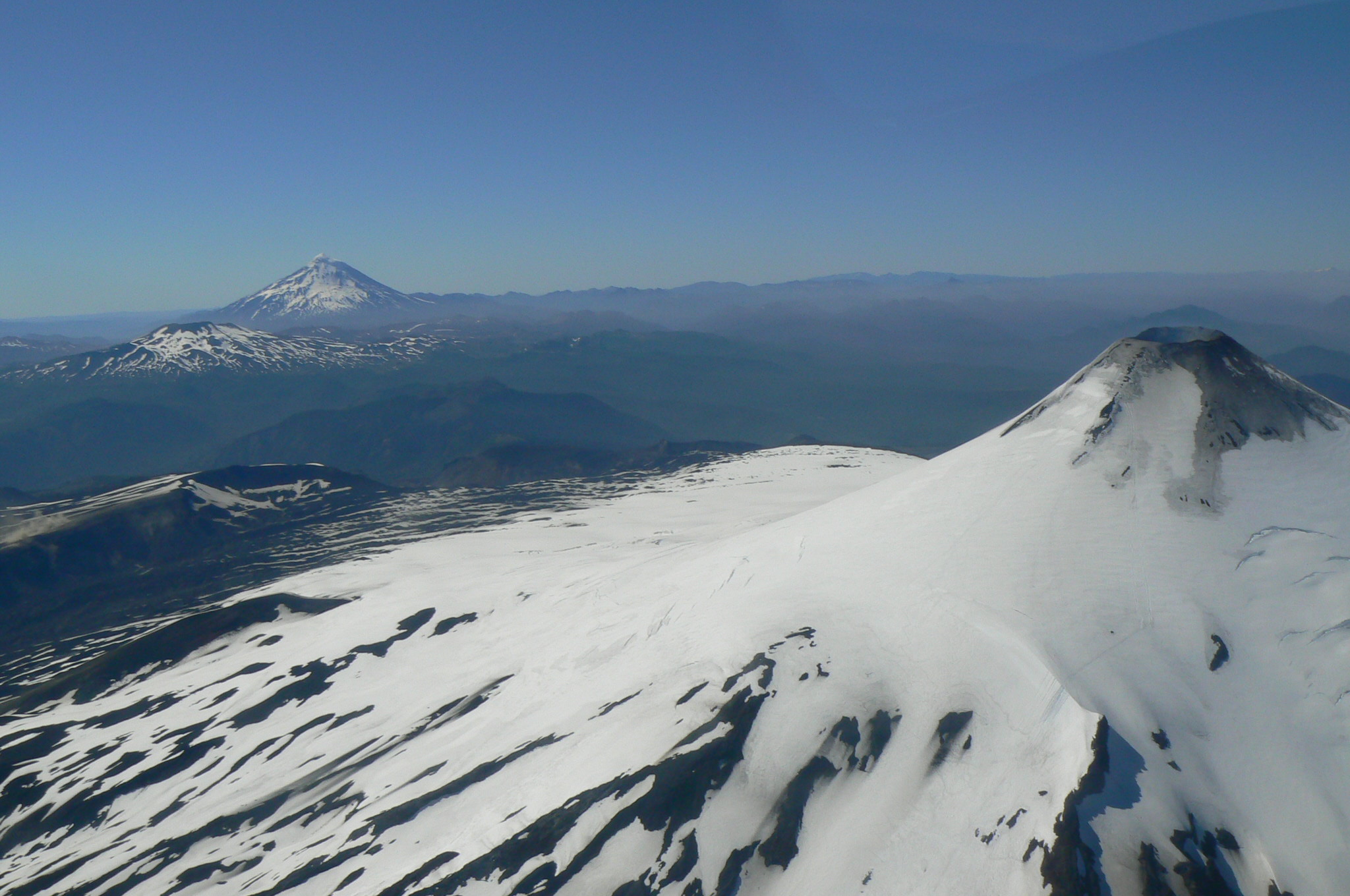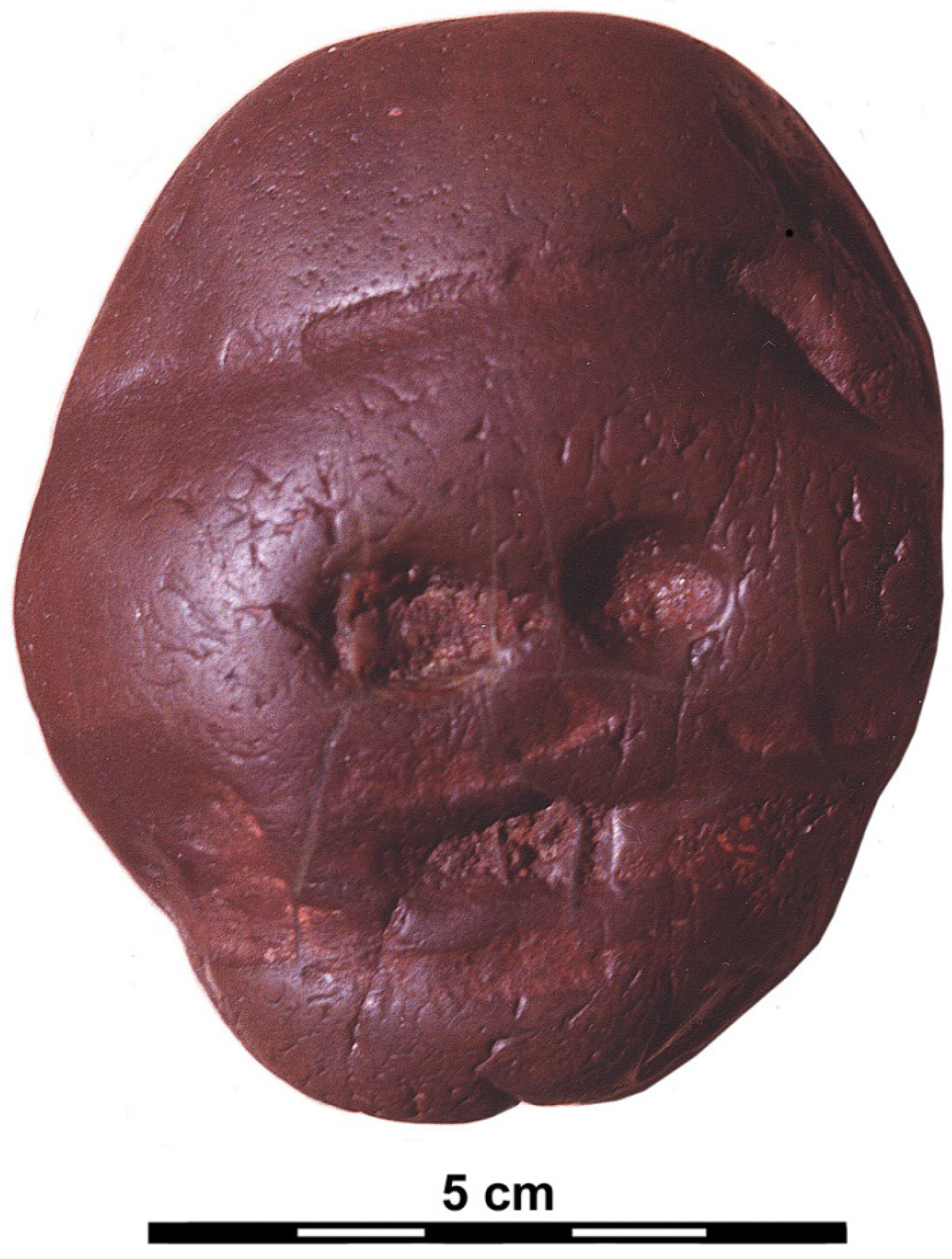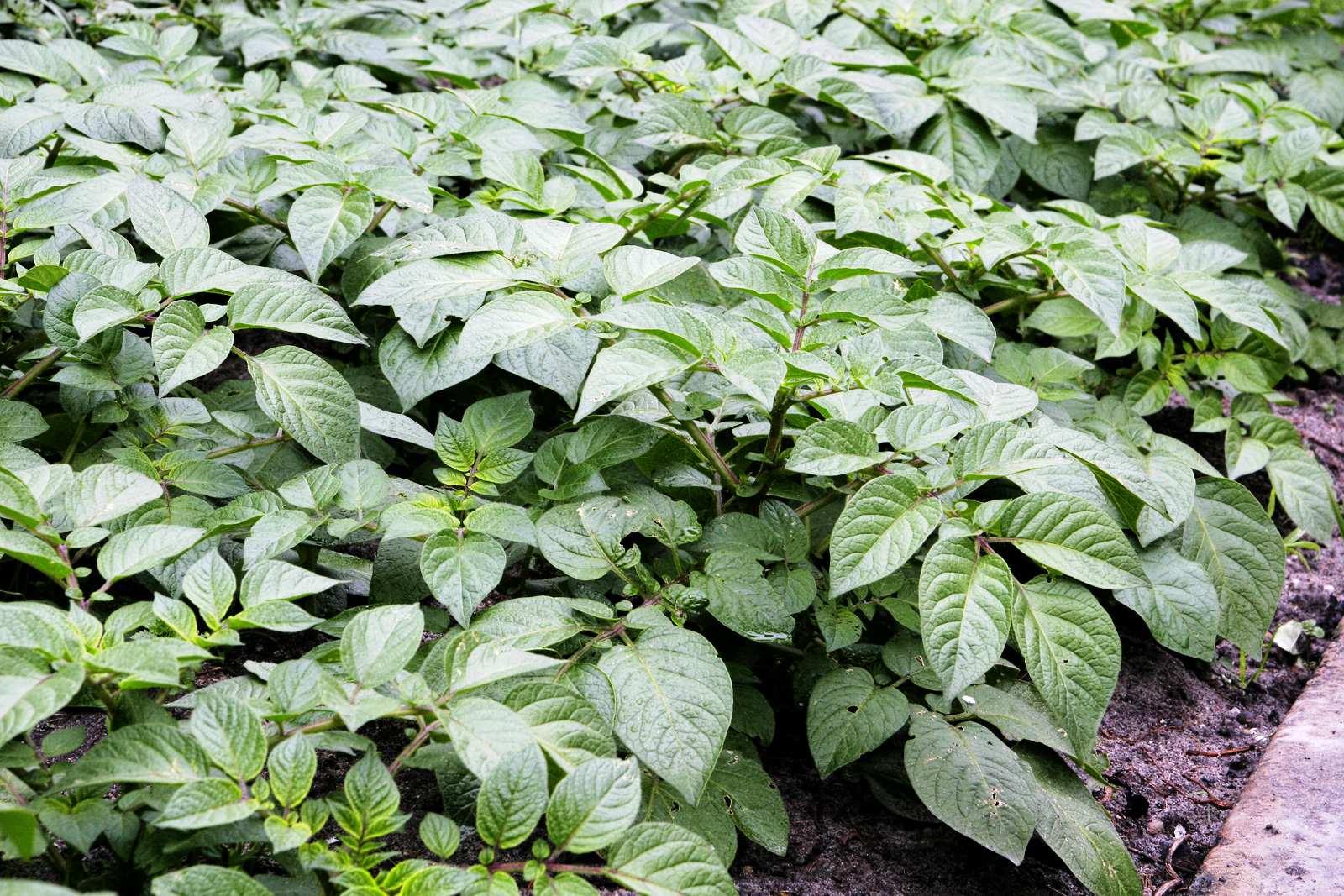|
Monte Verde
Monte Verde is an archaeological site in the Llanquihue Province in southern Chile, located near Puerto Montt, Southern Chile, which has been dated to as early as 18,500 cal BP (16,500 BC). Previously, the widely accepted date for early occupation at Monte Verde was about 14,500 years cal BP. This dating added to the evidence showing that the human settlement of the Americas pre-dates the Clovis culture by roughly 1,000 years (or 5,000 years if the 18,500 BP dates are confirmed). This contradicts the previously accepted "Clovis first" model which holds that settlement of the Americas began after 13,500 cal BP. The Monte Verde findings were initially dismissed by most of the scientific community, but the evidence then became more accepted in archaeological circles. Paleoecological evidence of the coastal landscape's ability to sustain human life further supports a "coastal migration" model. Dating of rock surfaces and animal bones suggests the coastal corridor was deglaciated a ... [...More Info...] [...Related Items...] OR: [Wikipedia] [Google] [Baidu] |
Zona Sur
Zona Sur (''Southern Zone'') is one of the five natural regions on which CORFO divided continental Chile in 1950. Its northern border is formed by the Bío-Bío River, which separates it from the Central Chile Zone. The Southern Zone borders the Pacific Ocean to the west, and to the east lies the Andean mountains and Argentina. Its southern border is the Chacao Channel, which forms the boundary with the Austral Zone. While the Chiloé Archipelago belongs geographically to the Austral Zone in terms of culture and history, it lies closer to the Southern Zone. Geography Although many lakes can be found in the Andean and coastal regions of central Chile, the south (Sur de Chile) has the country's most lakes. Southern Chile stretches from below the Río Bío-Bío at about 37° south latitude to below Isla de Chiloé at about 43.4° south latitude. In this lake district of Chile, the valley between the Andes and the coastal range is closer to sea level, and the hundreds of river ... [...More Info...] [...Related Items...] OR: [Wikipedia] [Google] [Baidu] |
Universidad Austral De Chile
Austral University of Chile ( es, Universidad Austral de Chile or UACh) is a Chilean research university based primarily in Valdivia, Chile, Valdivia, with a satellite campus in Puerto Montt. Founded on September 7, 1954, it is one of the eight original Chilean Traditional Universities. It operates as a nonprofit organization, nonprofit self-owned corporation under private law, and receives significant Subsidy, state-funding. History Foundation and early years (1942-1968) In 1942, the ''Sociedad de Amigos del Arte (Society of friends of art)'' was formed in the city of Valdivia. Aside from promoting culture, one of the society's main goals was to establish a university in the city. The idea of creating a university was presented to the national congress in the 1950s by the Senate of Chile, senator for Valdivia, Carlos Acharán Pérez de Arce, who later succeeded in consolidating the project. In a meeting held on 16 February 1954 supporters of installing a university created a d ... [...More Info...] [...Related Items...] OR: [Wikipedia] [Google] [Baidu] |
Mario Pino Quivira
Mario Pino Quivira is a Chilean geologist specialized in geoarchaeology and sedimentology that has been involved in several studies of early human settlements in Southern Chile. After Tom Dillehay's excavation of Monte Verde near Puerto Montt, where human remains estimated to be about 12,800 years old have been found, challenging the Clovis theory of the first human arrival in the Americas, Pino controversially claimed the site was 33,000 years old. Other studied sites includes the Chan-Chan settlement near Mehuín Mehuín is a Chilean town and harbour, located on the shores of the Pacific Ocean at the mouth of Lingue River. Administratively it belongs to the San José de la Mariquina commune in Valdivia Province of Los Ríos Region. The town is located a ... and the Gomphotherium of Osorno. References People from Valdivia Austral University of Chile faculty 21st-century Chilean geologists Chilean archaeologists Living people Sedimentologists Members of the Chi ... [...More Info...] [...Related Items...] OR: [Wikipedia] [Google] [Baidu] |
University Of Maine
The University of Maine (UMaine or UMO) is a Public university, public Land-grant university, land-grant research university in Orono, Maine. It was established in 1865 as the land-grant college of Maine and is the Flagship universities, flagship university of the University of Maine System. It is Carnegie Classification of Institutions of Higher Education, classified by Carnegie as among "R1: Doctoral Universities – Very high research activity". With an enrollment of approximately 11,500 students, UMaine is the state's largest college or university. The University of Maine's athletic teams, nicknamed the Maine Black Bears, Black Bears, are Maine's only NCAA Division I, Division I athletics program. Maine Black Bears men's ice hockey, Maine's men's ice hockey team has won two national championships. History The University of Maine was founded in 1862 as a function of the Morrill Land-Grant Colleges Act, Morrill Act, signed by President Abraham Lincoln. Established in 1865 as ... [...More Info...] [...Related Items...] OR: [Wikipedia] [Google] [Baidu] |
Manuport
A manuport is a natural object that has been deliberately taken from its original environment and relocated without further modification. Typically moved by human hand, some manuports are the result of other hominins. Common manuports include stones, seashells and fossils, which has led archaeologists and anthropologists to conclude they must have been chosen for their beauty. This recognition of an object’s aesthetic character suggests that certain manuports represent some of the earliest examples of art. Etymology The earliest attestation of the word manuport is from English in 1966. The term is derived from the Latin words ''manus'', meaning ‘hand’, and ''portare'', meaning ‘carry’. Notable manuports Makapansgat cobble The Makapansgat cobble was first discovered in the 1920s during excavations at an archaeological site in the Makapan Valley, South Africa. Although noted for its striking resemblance to a human face and its likely association with australopithec ... [...More Info...] [...Related Items...] OR: [Wikipedia] [Google] [Baidu] |
Radiocarbon Dating
Radiocarbon dating (also referred to as carbon dating or carbon-14 dating) is a method for determining the age of an object containing organic material by using the properties of radiocarbon, a radioactive isotope of carbon. The method was developed in the late 1940s at the University of Chicago by Willard Libby. It is based on the fact that radiocarbon () is constantly being created in the Earth's atmosphere by the interaction of cosmic rays with atmospheric nitrogen. The resulting combines with atmospheric oxygen to form radioactive carbon dioxide, which is incorporated into plants by photosynthesis; animals then acquire by eating the plants. When the animal or plant dies, it stops exchanging carbon with its environment, and thereafter the amount of it contains begins to decrease as the undergoes radioactive decay. Measuring the amount of in a sample from a dead plant or animal, such as a piece of wood or a fragment of bone, provides information that can be used to calc ... [...More Info...] [...Related Items...] OR: [Wikipedia] [Google] [Baidu] |
Coprolite
A coprolite (also known as a coprolith) is fossilized feces. Coprolites are classified as trace fossils as opposed to body fossils, as they give evidence for the animal's behaviour (in this case, diet) rather than morphology. The name is derived from the Greek words κόπρος (''kopros'', meaning "dung") and λίθος (''lithos'', meaning "stone"). They were first described by William Buckland in 1829. Before this, they were known as "fossil fir cones" and "bezoar stones". They serve a valuable purpose in paleontology because they provide direct evidence of the predation and diet of extinct organisms. Coprolites may range in size from a few millimetres to over 60 centimetres. Coprolites, distinct from ''paleofeces'', are fossilized animal dung. Like other fossils, coprolites have had much of their original composition replaced by mineral deposits such as silicates and calcium carbonates. Paleofeces, on the other hand, retain much of their original organic composition ... [...More Info...] [...Related Items...] OR: [Wikipedia] [Google] [Baidu] |
Solanum Tuberosum Tuberosum
The potato is a starchy food, a tuber of the plant ''Solanum tuberosum'' and is a root vegetable native to the Americas. The plant is a perennial in the nightshade family Solanaceae. Wild potato species can be found from the southern United States to southern Chile. The potato was originally believed to have been domesticated by Native Americans independently in multiple locations,University of Wisconsin-Madison, ''Finding rewrites the evolutionary history of the origin of potatoes'' (2005/ref> but later genetic studies traced a single origin, in the area of present-day southern Peru and extreme northwestern Bolivia. Potatoes were domesticated there approximately 7,000–10,000 years ago, from a species in the ''Solanum brevicaule'' complex. Lay summary: In the Andes region of South America, where the species is indigenous, some close relatives of the potato are cultivated. Potatoes were introduced to Europe from the Americas by the Spanish in the second half of the 16th ce ... [...More Info...] [...Related Items...] OR: [Wikipedia] [Google] [Baidu] |
Potato
The potato is a starchy food, a tuber of the plant ''Solanum tuberosum'' and is a root vegetable native to the Americas. The plant is a perennial in the nightshade family Solanaceae. Wild potato species can be found from the southern United States to southern Chile. The potato was originally believed to have been domesticated by Native Americans independently in multiple locations,University of Wisconsin-Madison, ''Finding rewrites the evolutionary history of the origin of potatoes'' (2005/ref> but later genetic studies traced a single origin, in the area of present-day southern Peru and extreme northwestern Bolivia. Potatoes were domesticated there approximately 7,000–10,000 years ago, from a species in the ''Solanum brevicaule'' complex. Lay summary: In the Andes region of South America, where the species is indigenous, some close relatives of the potato are cultivated. Potatoes were introduced to Europe from the Americas by the Spanish in the second half of the 16 ... [...More Info...] [...Related Items...] OR: [Wikipedia] [Google] [Baidu] |
Outwash Plain
An outwash plain, also called a sandur (plural: ''sandurs''), sandr or sandar, is a plain formed of glaciofluvial deposits due to meltwater outwash at the terminus of a glacier. As it flows, the glacier grinds the underlying rock surface and carries the debris along. The meltwater at the snout of the glacier deposits its load of sediment over the outwash plain, with larger boulders being deposited near the terminal moraine, and smaller particles travelling further before being deposited. Sandurs are common in Iceland where geothermal activity accelerates the melting of ice flows and the deposition of sediment by meltwater. Formation Sandurs are found in glaciated areas, such as Svalbard, Kerguelen Islands, and Iceland. Glaciers and icecaps contain large amounts of silt and sediment, picked up as they erode the underlying rocks when they move slowly downhill, and at the snout of the glacier, meltwater can carry this sediment away from the glacier and deposit it on a broad plai ... [...More Info...] [...Related Items...] OR: [Wikipedia] [Google] [Baidu] |






